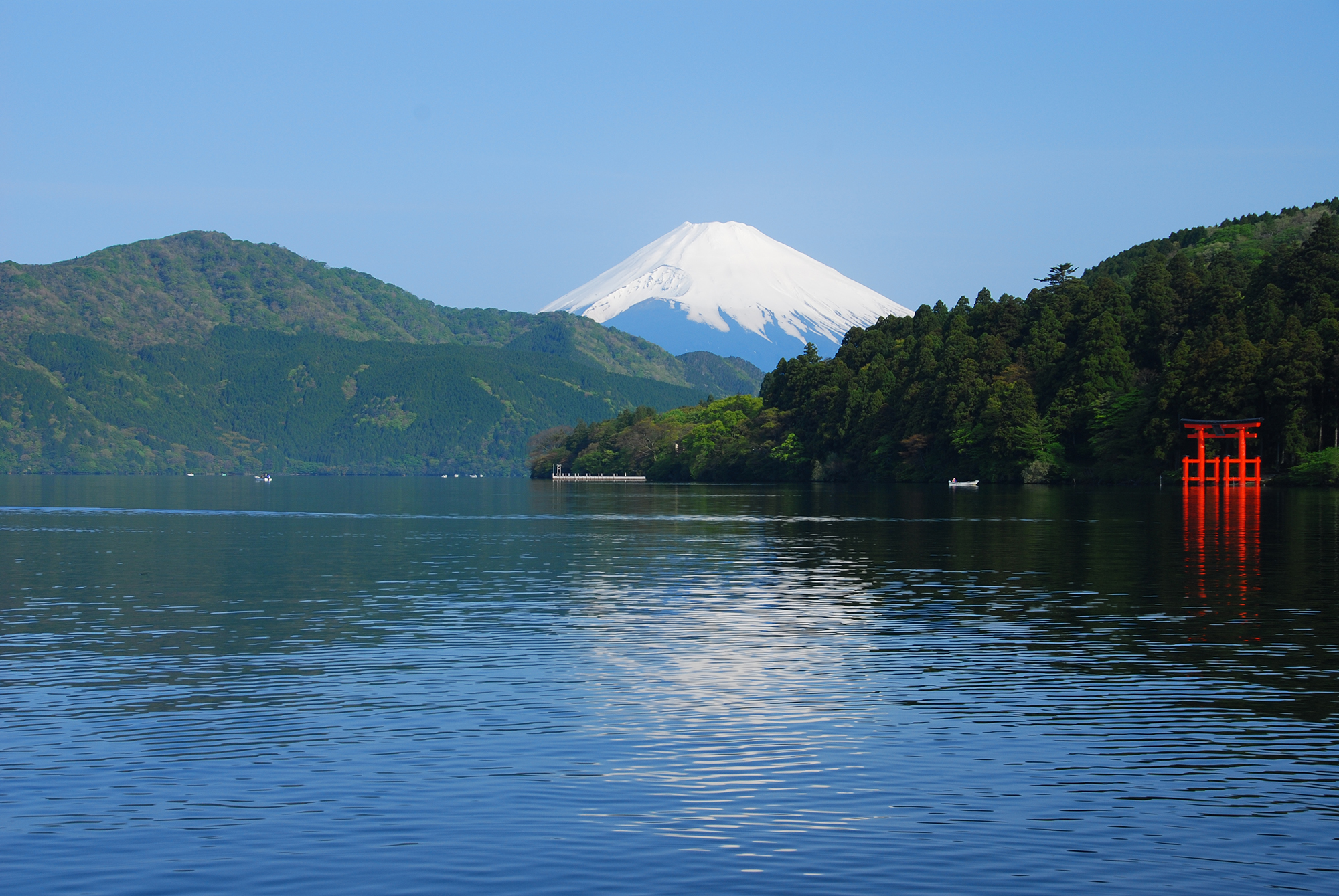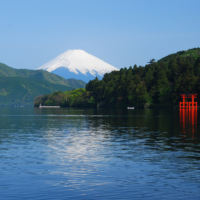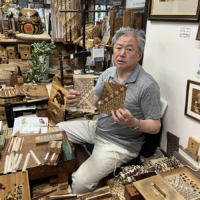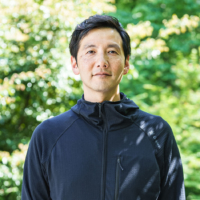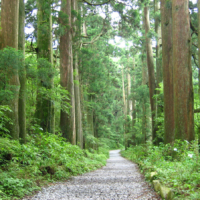The town of Hakone is a popular tourist destination with abundant nature, hot springs and museums. Lake Ashi, with its beautiful views of Mount Fuji, is surely one of its most picturesque features. But it is also a destination where friendly residents and international tourists can mingle while enjoying its rich culture and history.
Of special note is the Hakone Hachiri, an ancient path recognized as Japan Heritage by the Cultural Affairs Agency in 2018. It refers to the approximately 32-kilometer portion of the Old Tokaido Way that the Tokugawa shogunate constructed in the early Edo Period (1603 to 1868). Sections of the path were paved in stone and cedar trees were planted alongside.
Of the several sections, none was more perilous than the one between Odawara in Kanagawa Prefecture and Mishima in Shizuoka Prefecture. Back in the Edo Period, this steep path was filled with a stream of travelers, such as the Dutch East India Company’s missions to Edo, the march of the Joseon missions paying respectful visits to the Tokugawa shogunate, and a group of Tokugawa shogunate officials heading to their assigned post in Nagasaki to oversee foreign relations.
When west-bound travelers arrived in Mishima after a long, steep and arduous section, they held a special feast to celebrate their safe passage. Parts of the Hakone Hachiri are still paved and tree-lined so today’s travelers can enjoy the same scenery as those long-ago travelers.
The charm of yosegi-zaiku
Traditional woodwork known as yosegi-zaiku (Hakone marquetry), renowned for its elaborate geometric and mosaic-like patterns, showcases the natural beauty of wood. It is said to have originated in the nearby village of Hatajuku along the Hakone Hachiri.
Thanks to numerous differences in elevation, the Hatajuku area allows a wide variety of trees to grow, making it suitable for supporting this type of woodwork. Designated as a traditional craft by the government in 1984, yosegi-zaiku was reportedly established in the late Edo Period by village craftsman Nihei Ishikawa. Many marquetry works are still being produced today in Hatajuku.
Ichiro Ishikawa, one of his descendants, inherited the know-how behind the intricate woodwork and now owns Hamamatsuya, a marquetry shop and factory in Hatajuku.
Wearing two hats as craftsman and president, Ishikawa welcomes visitors to his factory, showing them the techniques of the craft while offering pamphlets that explain finer points in both Japanese and English.
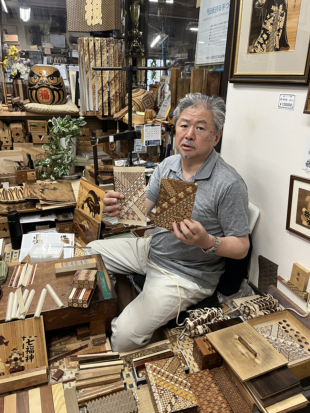
Wood of multiple shades is cut and combined to create intricate cabinets, coasters and other items, including himitsu bako (puzzle boxes). Ishikawa says that lately, chopsticks and large sake cups are among foreign visitors’ favorite souvenirs.
According to Ishikawa, there are two methods for making yosegi-zaiku. The first involves affixing slivers of colored wood into patterned sections and then sticking all of the sections together to form a larger pattern. The patterned wood is then sliced wafer-thin into sheets using a plane, before being further processed into finished products.
The second method entails using larger blocks of patterned wood directly as goods. The colorfully designed blocks of wood are meticulously carved and shaped to create various kinds of dishes, vases and numerous other goods.
“I have been doing this craft for over 50 years. I would like visitors to see and understand the value of yosegi-zaiku as a Japanese traditional craft, so this is the exact reason why I show visitors the process of marquetry,” Ishikawa said.
A walk among the old cedars
Shin Kaneko, a tour and mountain guide based in Hakone, has guided travelers from 32 countries and regions in English, with 90% from the United States and Europe. Kaneko notes that of the many attractive nature activities in his hometown, a walk among the Japanese cedar trees is highly recommended.
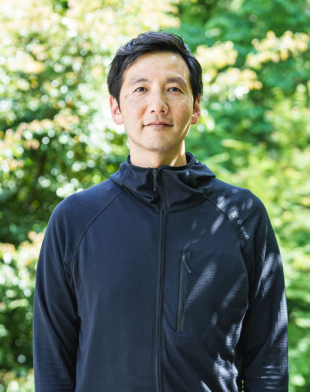
An avenue of Japanese cedar trees running between Motohakone and Hakone-machi is designated a Historic Site by the Ministry of Education, Culture, Sports, Science and Technology. This avenue beside Lake Ashi is the only place along the Old Tokaido Way that is still bordered by tall Japanese cedar trees. For anyone making their way from Edo (present-day Tokyo) to Kyoto in the Edo Period, one of the most treacherous parts of the long journey along the Tokaido highway was the mountain pass of Hakone. The trees were supposedly planted in 1618 to define the road’s width and protect travelers from the sun and heat in the summer, as well as wind and snow in winter. Now, 400 trees over 400 years in age remain on the avenue. The avenue is free to explore, making it great for hiking.
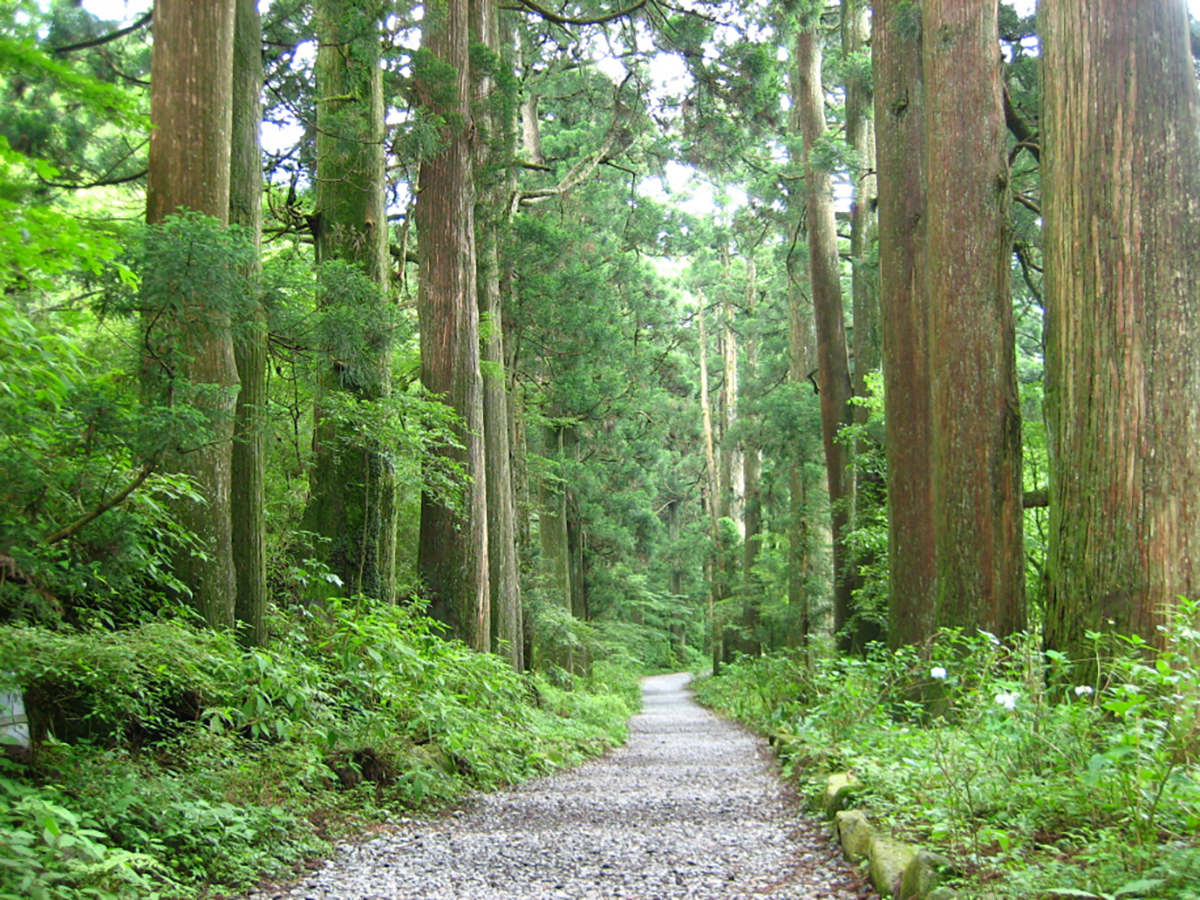
“Of course you can have a lot of fun going along the general routes, but if you go off the beaten path, you can find traditional things that are very interesting, such as this cedar tree avenue and a former villa of the imperial family — Onshi Hakone Park— nearby, a well-kept beautiful park, just a five-minute walk from Hakonemachi where I think you can see the best view of Mount Fuji,” Kaneko said.
Kaneko says that when he does a one-day tour, he explains the history and culture of Hakone for an hour or two, and uses the rest of the day for small talk. “Local tips and my personal stories seem to make a lasting impression on my clients. Seeing beautiful scenery and tasting delicious food is of course good, but the communication with the locals while having meals together is important for visitors,” he said. “So my stance is to be ‘a friend in Japan,’ not just a guide who offers one-sided information.”
Hakone is about 1 hour and 40 minutes by train from Tokyo (on the Odakyu Romance Car from Shinjuku or the Tokaido Line from Tokyo to Odawara, then take the Hakone Tozan mountain railway to Hakone Yumoto). For more information on the Hakone Hachiri, visit: https://www.hakone-hachiri.jp/wp/heritage-en.



